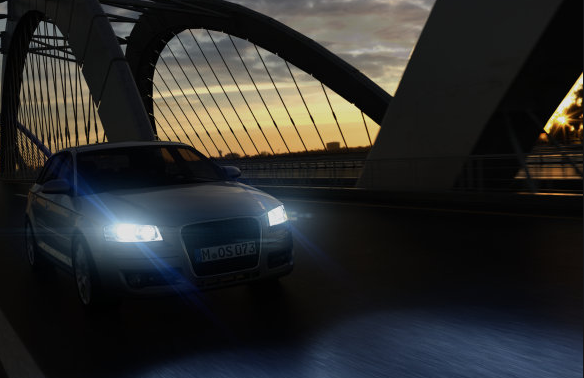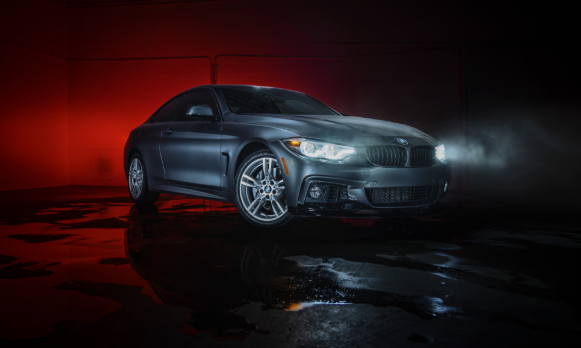As automotive technology has continued to evolve for more than a century, the headlights have refined and improved to give drivers better views of the road at night. Headlights are essential for the driver and other motorists to detect traffic. The brightness and efficiency of the headlight are the objectives behind the new lighting technologies. That is beginning to find their use in the production of cars.
Incandescent lights
Most cars in the past use incandescent bulbs in their headlights. These lights resemble light bulbs for domestic use and function when passing a current through a filament. While all filaments burn over time, a thicker filament that promises a longer lamp life produces a more dull light. The thin filaments create the brightest light, but at the expense of longevity. Headlight housings designed to surround the real light bulb with reflective surfaces, which are angles for discharge as much of the light as possible ahead where you can illuminate the road.

Halogen lights
Halogen lamps are increasingly common in new and aftermarket cars as add-on accessories. Halogen lamps work like normal incandescent bulbs, but they contain halogen gas, which causes the filament to last longer and the light it emits to be brighter. The quality of the light produced by a halogen bulb is also purer and appears white compared to the orange or yellow glow of a standard incandescent bulb.
HID lights
HID, or high-intensity discharge, the lights are different from incandescent or halogen bulbs in that they don’t use a filament at all. Instead, the function of HID lights electrifying an inert gas (usually xenon). HID lights produce a focused beam that can vary in color from pure white to blue or green dyes. HID lamps consume less energy than halogen bulbs while producing up to twice as much light. The strength of the HID lights has resulted in restrictions on their use and sale to prevent headlights that are too intense and compromise the visibility of other drivers.

LED headlights
LEDs, or light-emitting diodes, were first used in the 1920s. These small lights can group to produce a single, bright light source that will remain on even if one or more of the individual LEDs experience failure. They consume less energy and have a longer lifespan than standard bulbs. In the 1990s, LEDs used for some car taillights. In 2004 Audi became the first car manufacturer to use LED headlights, such as 9006 led bulb for low beam, adding them to standard bulbs as part of a daylight system. In 2007, Audi introduced the first LED-all headlight system.